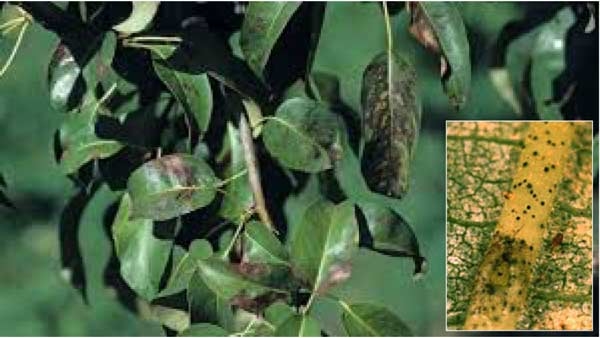A new introduction is Neoseiulus Amblyseius californicus predatory mite.
Continued from last month
New predatory mite
A new introduction is Neoseiulus Amblyseius californicus predatory mite.
Californicus consume their prey at a more leisurely pace than do Phytoseiulus persimilis. They can survive longer under starvation conditions and can also live on a diet of pollen.
Californicus completes a generation in one to two weeks depending on temperature. The female lays about three eggs per day for two weeks and lives about 20 days but prefers a higher humidity and lower temperatures than occidentalis, our main TSM predator.
Ladybird predator
The ladybird Stethorous is a major predator of TSM, but often comes in late in the fruit crops, depending on weather conditions but can quickly devastate a TSM population.
Some figures
- A TSM lives for 17 days and lays over 120 eggs
- A predatory mite can eat 5–15 mites per day
- Some predators can handle temperatures over 40C
- Some predators breed at half the rate of TSM, others at twice the rate.
What we know
- TSM breed very quickly and like hot dry conditions
- Predators like similar conditions, maybe not so hot or dry (higher humidity)
- Pesticides (insecticides and fungicides) are detrimental to predators
- Pesticides (insecticides and fungicides) can make TSM breed faster.
What can we do to control TSM
- Monitor both TSM and predators—know what is in your orchard
- Track how fast the populations are increasing or decreasing
- Choice of pesticide for other insect and disease control has a major impact on TSM
- Resistance management of miticides will determine how long they will last
- Start early—consider how fast TSM breed, a week’s delay means thousands more TSM
- I don’t mean to overstate this but consider the weather and its effects on TSM and predators.
One last thought
While stonefruit may have a higher TSM threshold than apples and more so pears, there is a link between Alternaria in apples and TSM.
In areas where Alternaria is a problem (from overhead evaporative cooling or rain and humidity), especially on susceptible varieties, mite populations must be maintained to avoid high levels of Alternaria and premature defoliation.
Disease severity is aggravated by severe mite infestation. Maintaining good mite management is an important factor in preventing severe disease development.
See this article & photos in Tree Fruit April 2016




















